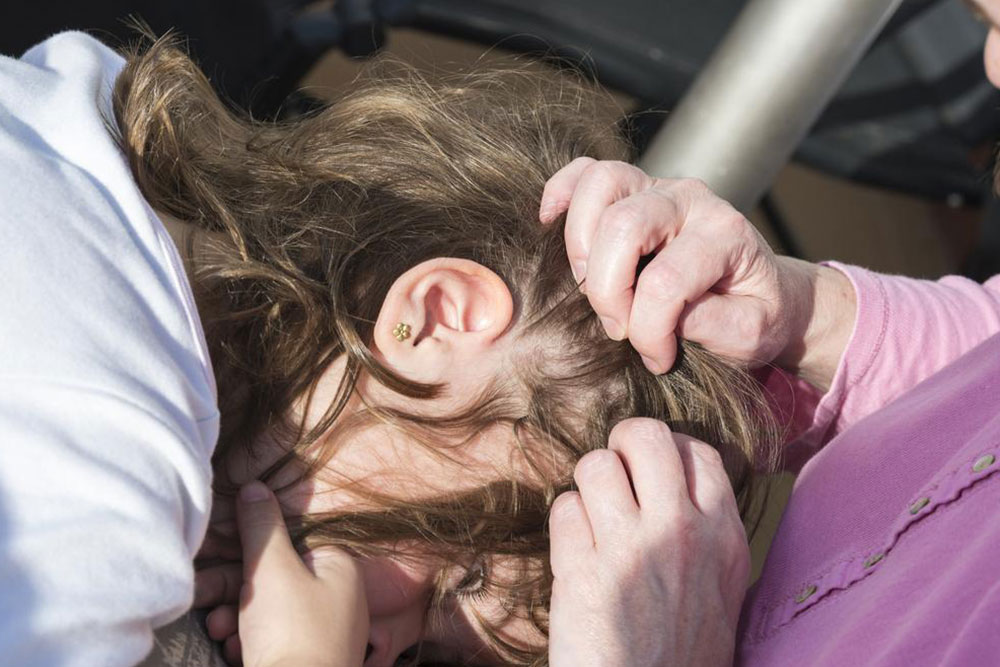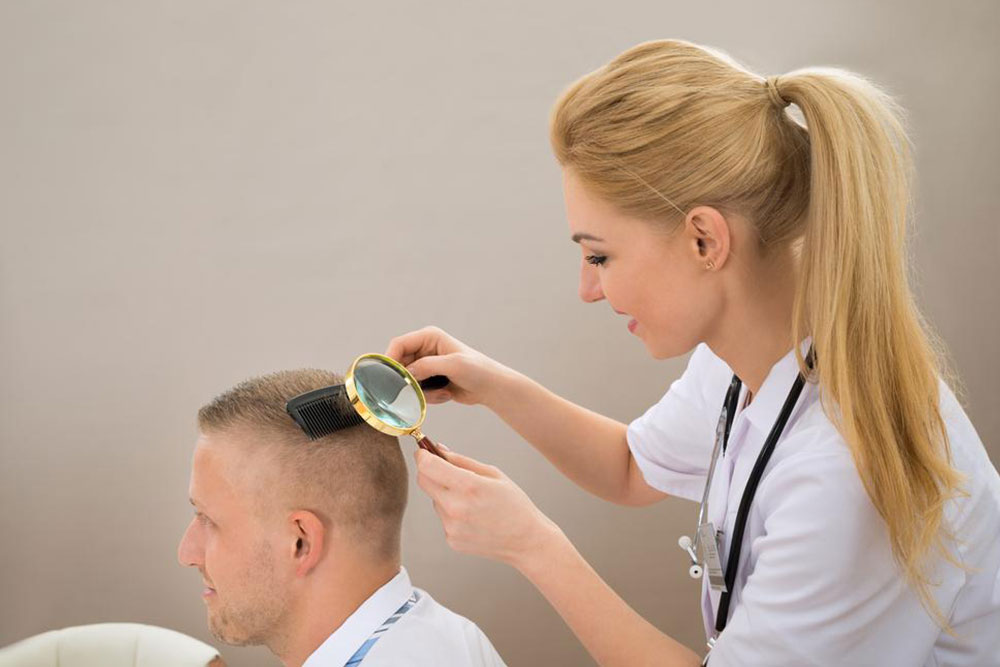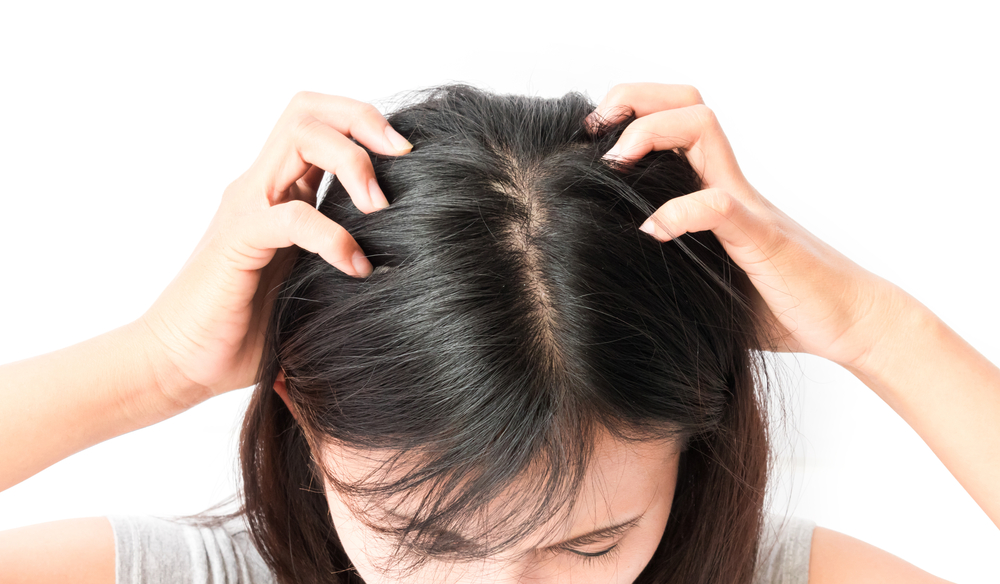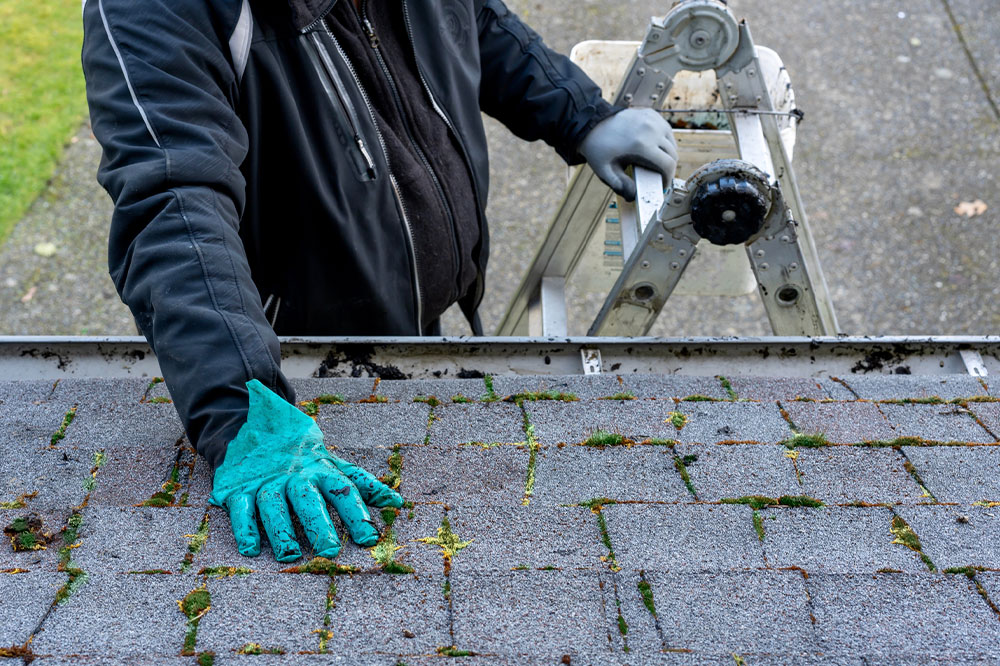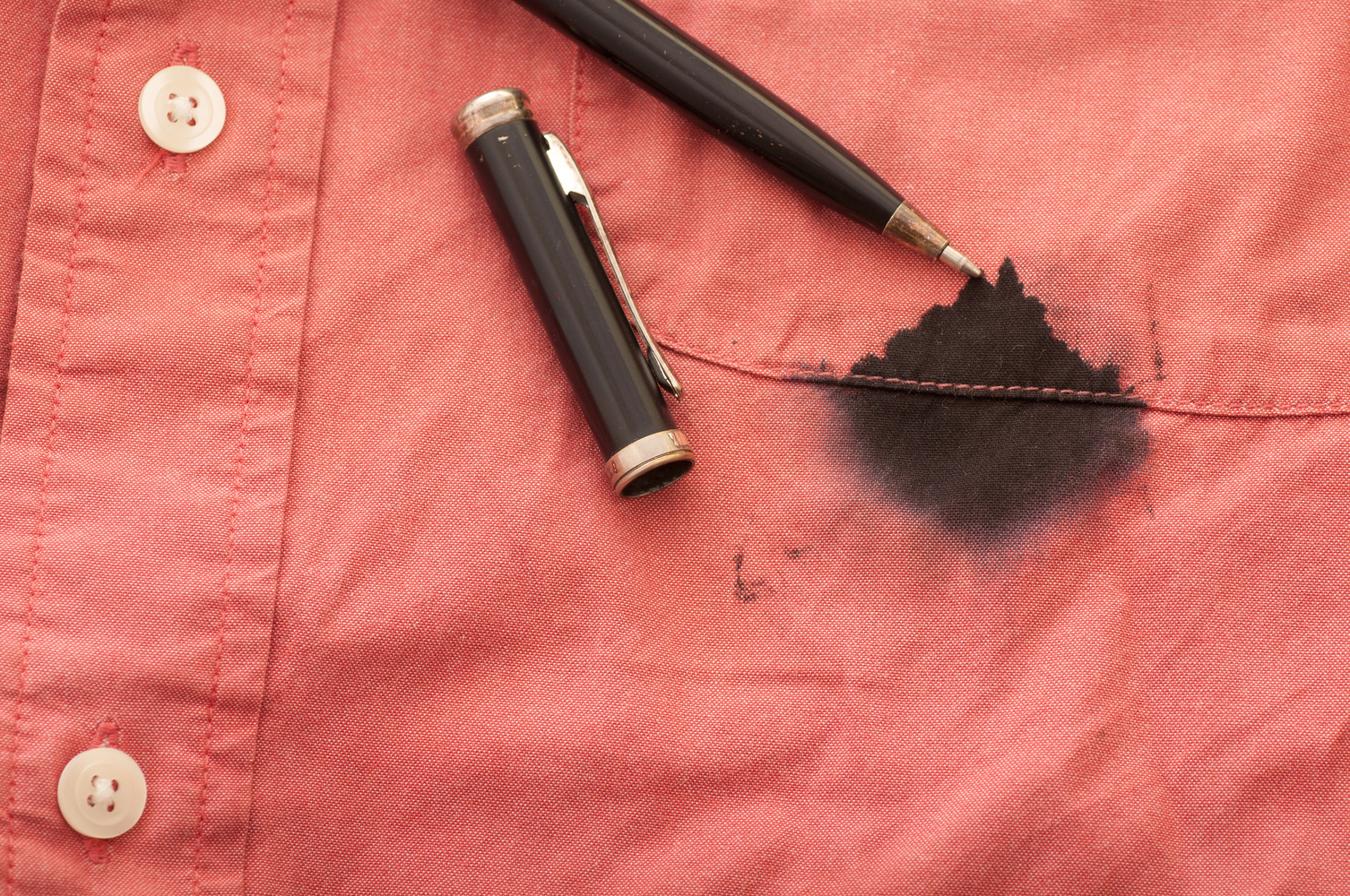Comprehensive Home Strategies to Effectively Eliminate Head Lice
Discover comprehensive home hacks to eradicate head lice effectively. From traditional wet combing to modern treatments like dimethicone and natural oils, learn how to eliminate lice efficiently. This detailed guide provides practical tips on cleaning your environment, using heat, and preventive measures to keep your family lice-free. Perfect for parents seeking safe, natural, and proven methods to combat head lice and prevent reinfestation, ensuring health and comfort for everyone in the household.

Effective Natural and Practical Methods to Eradicate Head Lice
Head lice are tiny parasitic insects that reside on the scalp, feeding on human blood. They are a common concern among families, especially in children, and can lead to persistent itching, scalp soreness, and allergic skin reactions. The spread of head lice primarily occurs through close personal contact, such as sharing hats, combs, or bedding. Timely and effective treatment is essential to eliminate lice, reduce discomfort, and prevent outbreaks within households and schools.
In this comprehensive guide, we explore safe, natural, and scientifically supported methods for head lice removal. From traditional combing techniques to modern treatments, we provide step-by-step instructions and practical tips to ensure thorough eradication and prevent reinfestation.
1. Wet Comb Method for Natural Lice Removal
The oldest and most reliable method for removing head lice involves using a fine-toothed comb on damp, shampooed hair. This process not only physically removes lice and nits but also helps reduce the need for chemical treatments. To maximize effectiveness, apply a generous amount of conditioner, which makes lice and nits easier to detangle and dislodge. Using a magnifying glass can enhance visibility, especially when inspecting close to the scalp, where eggs tend to adhere tightly to hair strands.
Regular combing sessions are crucial. It's recommended to comb through each section thoroughly, from the roots to the tips, at least once every 2-3 days. Involving children in these sessions can be challenging, so having engaging distractions or snacks can keep them calm and cooperative. Consistent and patient effort is key to complete eradication.
When searching for lice, look closely for eggs or nits, which are small, oval-shaped, and glued close to the scalp. Adult lice are slightly larger, tan or greyish, and move quickly, making them easier to identify when hair is wet. Complete removal of lice involves inspecting the entire scalp, including behind the ears and at the nape of the neck.
2. Dimethicone-based Treatments
Dimethicone is a safe, widely used over-the-counter agent that effectively suffocates lice by coating their bodies, leading to their death. Unlike pesticide-based products, dimethicone is non-toxic, making it suitable for children and those with sensitive skin. It is often included in specialized lice shampoos and leave-in conditioners, which can be applied after washing and allowed to work for the specified time before rinsing out.
Research indicates that dimethicone treatments can eliminate lice and prevent reinfestation when used properly. Always follow the manufacturer's instructions for application frequency and length of treatment, and re-treat if necessary after 7-10 days to target any newly hatched lice.
3. Natural Oils for Lice Removal
Natural oils such as olive oil, coconut oil, or almond oil can be a gentle yet effective approach for suffocating lice. These oils coat the insects, making it difficult for them to breathe, which reduces their lifespan and facilitates manual removal with a fine-tooth comb. Applying generous amounts of oil to dry or damp hair, covering the entire scalp, and leaving it on for several hours or overnight can improve results.
After the treatment period, comb out dead lice and eggs, ideally with a lice comb or fine-tooth comb. Regularly cleaning combs and brushes in hot water or vinegar enhances elimination. To prevent reinfestation, it’s important to wash bedding, clothing, and hats in hot water, and vacuum furniture and carpets thoroughly.
Repeat this natural oil treatment every few days until lice are no longer visible. Consistency and patience are essential for success.
4. Over-the-Counter Lice Medications
Commercial lice removal shampoos and lotions are formulated with active ingredients designed to kill lice quickly. Common agents include permethrin or pyrethrin-based products. While these medications often effectively kill live lice, they do not always eliminate eggs (nits), which can hatch after treatment.
Reapplication is usually recommended after 7-10 days to address any newly hatched lice. It is crucial to carefully follow package instructions regarding application time, amount, and safety precautions. After treatment, thoroughly comb through the hair with a lice comb to remove dead lice and nits, increasing the chances of complete eradication.
Monitor the scalp in the days following treatment to ensure lice are no longer active and repeat treatments as needed. Combining medicated treatments with manual nit removal enhances effectiveness.
5. Shaving the Head for Rapid Results
In severe cases, especially when other methods are ineffective, shaving all hair can be a rapid and decisive way to eliminate lice. While seemingly drastic, removing hair altogether deprives lice of their habitat, resulting in immediate eradication. This method can be particularly useful for young children, individuals with long or difficult-to-treat hair, or severe infestations.
However, shaving also carries social and personal considerations. It does not prevent reinfestation unless combined with environmental controls, such as washing bedding and clothing thoroughly. Additionally, if lice eggs remain on clothing, bedding, or furniture, reinfestation can occur. Therefore, shaving should be viewed as part of a comprehensive lice control strategy rather than a standalone solution.
Always discuss with a healthcare professional before opting for this approach, especially for children or individuals with scalp sensitivities.
Effective Home Lice Management Tips
1. Applying Heat to Kill Lice and Eggs
Heat treatment is a scientifically proven method for killing lice and their eggs. Exposing clothing, bedding, hats, and other accessories to temperatures exceeding 130°F (54°C) for at least five minutes can instantly kill lice and nits. Use hot water for laundry cycles and high heat settings in dryers to sterilize infested items. Ironing clothes and bedding with a hot iron can also be effective.
Before washing, seal non-washable items in sealed plastic bags for two weeks to suffocate any hidden lice or eggs, as they cannot survive long without a blood meal.
2. Sealing Unwashable Items
Items that cannot be washed, such as stuffed animals or certain toys, should be placed in sealed plastic bags for at least two weeks. This method deprives lice of the ability to feed and reproduce, leading to their death. Regularly check and replace the bags if necessary to ensure complete safety.
3. Maintaining a Clean Environment
Keeping your environment tidy and free from lice eggs reduces the chances of re-infestation. Regularly vacuum carpets, furniture, and car seats, especially around areas where hair or lice eggs might reside. Disinfect hairbrushes, combs, and accessories in hot, soapy water or immerse them in alcohol to eliminate lice and eggs.
Vacuuming and disinfecting are critical components of a comprehensive lice management plan, preventing the spread within the household.
4. Avoiding Harmful Chemical Treatments
Individuals should refrain from using insecticide sprays, foggers, or harmful chemicals within the home, as these can pose health risks. Instead, focus on natural and mechanical methods, such as combing, heat, and environmental cleaning, to ensure safety for all household members.
Moreover, avoid using conditioners immediately before or after lice treatments, as they can hinder the effectiveness of certain medicated products.
Implementing these comprehensive strategies can effectively eliminate head lice while ensuring safety and comfort for the entire family. Persistent effort, patience, and proper hygiene practices are fundamental to successful eradication and preventing future infestations.
